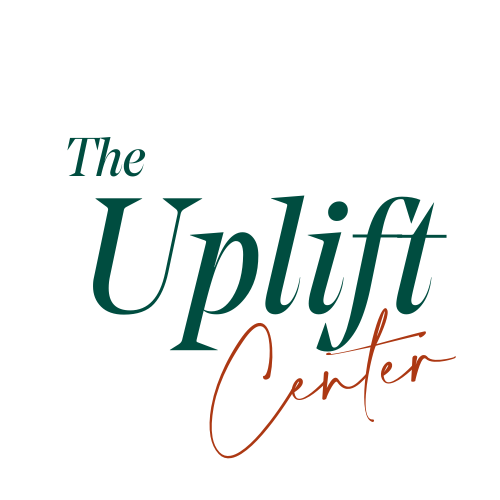3 Ways to Structure Belonging within Your Gatherings
In 2015, after a few months of solo-traveling in India, I landed at the foothills of the Himalayas for a 10 day silent meditation retreat. During this retreat, I meditated from about 4am to 9pm each day. Among many life changing lessons, I realized that when you meditate for so long in a room full of a hundred strangers, you start to hear noises that you usually don’t. Other people’s farts, for example.
By the last day of the retreat, I was a little loopy, and about an hour into silently meditating, wouldn’t you know it, somebody farted. Like, super loudly. When it first happened, I totally kept my cool. We all continued on, eyes closed, pretending nothing had happened like “good meditators.” But then it happened again, only this time it was louder. And…you guys? I lost it. As soon as I heard the fart, I snorted in laughter. I tried to catch my breath, but then someone else heard me snort and then THEY snorted in laughter. Then 3 other people chuckled. And then like wildfire the entire room of meditators was howling in laughter. Facilitators were frantically yelling, “Stop it! Get a hold of yourselves!” But at this point it was too late. In tears, my face and abs hurting from laughing so hard, I opened my eyes and looked around. Everyone was smiling and looking at each other--as if for the first time recognizing that we’re all existing as human beings together in the same room. Our walls had come down and we were overwhelmed with a shared sense of belonging. And you know what? That was the most present I’d been in 10 days--which is saying a lot for a meditation retreat. All because of a fart, no less.
Often, the rules we follow that keep us feeling safe may be the very things holding us back.
We run on autopilot, living within familiar systems and unwittingly following oppressive structures and values of individualism that hold us back from our power…and often from each other. But by changing just one aspect, taking one step outside the memorized societal dance in conventional meetings, the system crumbles and we experience ourselves and each other in a whole new way. Whether it’s asking an unexpected question or introducing games and stories into a meeting, we branch off into unscripted territory where community and connection can occur.
When I founded Drunk Yoga®, for example, the concept seemed simple: make yoga–a conventionally introspective, solo experience–feel more interactive, fun, and social with a beverage in hand. But, it quickly turned into something much more profound when I realized that what served to break down barriers and engage participants wasn’t so much the yoga and beverage themselves, as it was the way in which I facilitated joy and presence through games, music and storytelling. After years of refining this “recipe” for belonging, here’s 3 tips I learned that every community facilitator can benefit from:
Set up the conditions for a physically inclusive environment. If the meeting is in person, sit in a circle; if it’s a Zoom call, showcase everyone in gallery mode--(because visibility is inclusivity.) “Conditions” are any aspects of your gathering that are moveable/changeable, such as lighting, music, the direction participants face, decorations, timing, script, etc. Our conditions, or “environment,” inform our perspectives which inform our stories–both individually and collectively–as they pertain to the question, “Do I belong here?”
Ask questions that hold participants accountable for their own experience. Accountability is the opposite of entitlement. You can achieve this by simply asking a random participant to share their favorite song from the 80s, and then play that song in moments of transition throughout the meeting. In this way, the individual feels seen and heard, as well as accountable for everyone’s experience within the collective. Another example: in Drunk Yoga® classes, there’s a running game that when the teacher puts their cup on their head, everyone must quickly put their cup on their head, as well. The last person to do so needs to make up a dance move for everyone in the group. This entire game takes 90 seconds to complete, but it serves to engage every member of the meeting in a fun, low-stakes way. Sans cup, you could have each person put their finger on their nose. Engaging games and questions uplift energy through fun; nothing breaks down barriers to belonging like the art of “play.”
Be present, don’t “present.” The difference between "presence" and "presenting" is the difference between attendees playing the role of “audience” vs. “participants.” In the former, as the faciliter, you work to create the circumstances in which a sense of belonging naturally arises within the collective experience. A great way to do this is by engaging with individuals within the group in real time. Ex: “Welcome everyone! Please grab your pen and paper for our first exercise. Also, Stephanie–love your earrings, and Mark? Your Zoom background is everything. Now if you take a look at my shared screen..."
By incorporating these tips into your gatherings and by naming the unsaid (laughing at a fart noise, for example), you succeed in breaking down the “4th wall”, and invite each individual to step out of their own world and into a one communal story, setting up the conditions for a healthy sense of belonging.
Eli Walker is a solo-performance artist, speaker & founder/author of Drunk Yoga®.

